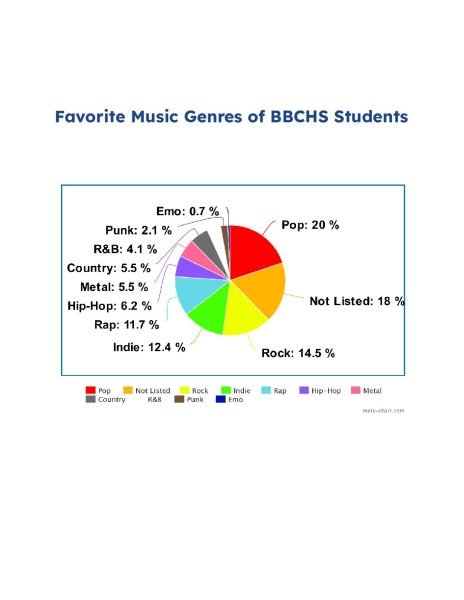An Unconventional Home
When we think about the typical household, we more than likely picture a mom and dad with their kids; at least that’s what a nuclear household consists of. But like most things in life it isn’t that simple. The amount of people living under one roof can make things very crowded, and not all of them fall under what is considered a nuclear family.
My household consists of four people: my mom, dad, and brother but regardless of the number of people, it doesn’t mean that all of them fall under the nuclear household category, and that number may not always stay the same. For instance, BBCHS senior Jayse Harris for the most part has four people living with him, but that doesn’t mean that it falls under the same type of household I am in. His particular living situation is different from mine, “Three (my parents and I) but four total since my grandma lives with us, and my two cousins stay with us every Thursday so six total most times,” is how Harris describes his nontraditional family home. “My grandma has been living with us since February of this year and my cousins since they were born.”
Not only can the number of people living with you change but the amount of time they stay with you changes as well. Madison Rogers, a senior, has had this experience too. “Twelve people lived in my house most of the time; my aunt, uncle, and cousin would come in and out and this went on for nine years.”
That’s a lot of people under one roof. According to the U.S Census Bureau, from the years 2015 to 2019 there were about 2.62 people per household. But that’s the reality for many people across the country.
The reason for having so many people living under one roof differs. For some people it could be for financial reasons, while others may have someone that needs to live with them due to age. When a grandparent does move in with their children, that means they are also living with their grandchildren. According to the Illinois department of children and family services there are more than 100,000 grandparents in the state that care for grandchildren.
For some people it could just be that their grandparents are there to help out with taking care of them and overall really help out around the house. For senior Melynda Perez it works that way in her house. “My parents are less stressed with the cooking because my grandma takes care of that,” Perez said. That’s just one way that having a grandparent has made at least some aspects of home life easier. For senior Madison Rogers it worked a little differently, “My grandma was technically our babysitter; it was the most convenient option.”
Sometimes it can go two ways: either the grandparents take care of the grandchildren or the children and grandchildren help take care of the grandparent. For Harris it worked the opposite way. “My grandma lives with us because we take care of her because of her age, he explained.” It works a little differently for each household, but the one thing they all have in common is that bond that is created through generations.
Having a lot of people live with you is not always easy. There are a bunch of people with different ways of doing things living all under one roof. But there is more of a bond. People get closer that way. Despite the many challenges that it can bring, a lot of families find their living situation that better that way. That was the case for senior Perez. “I got closer to my grandparents because I’m obviously with them more, and because everyone helps everyone with money so the environment is more peaceful because they aren’t as stressed about things.” Not everyone always gets that time to spend with a loved one. Some people go years without seeing their relatives, so while it can be crowded at times, having many relatives at home can offer some important advantages.

